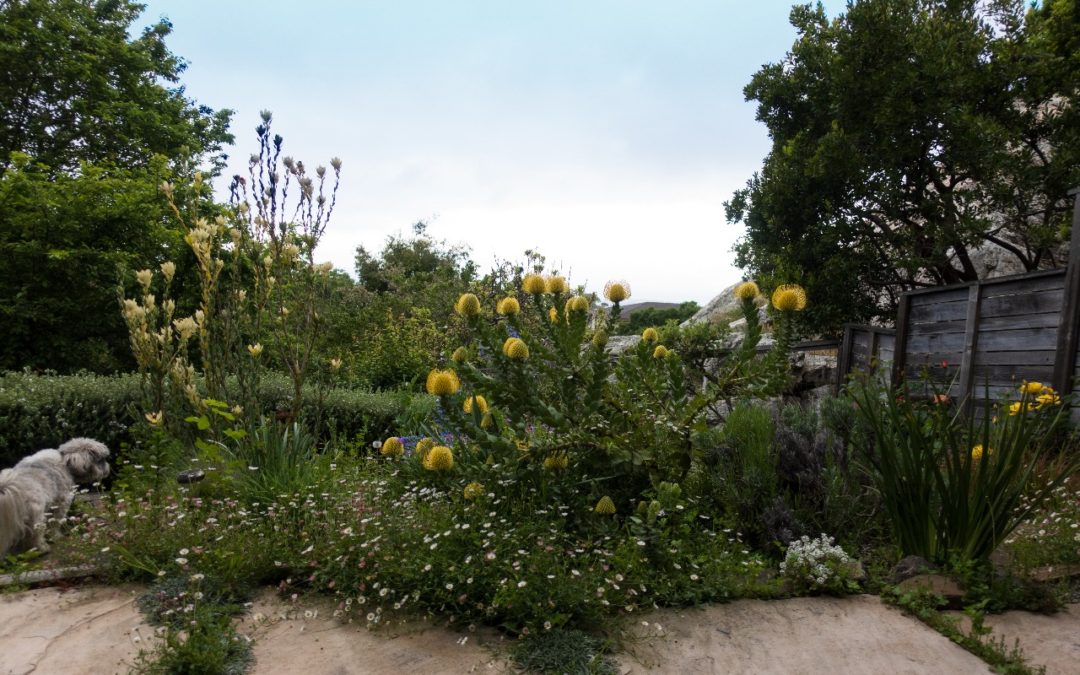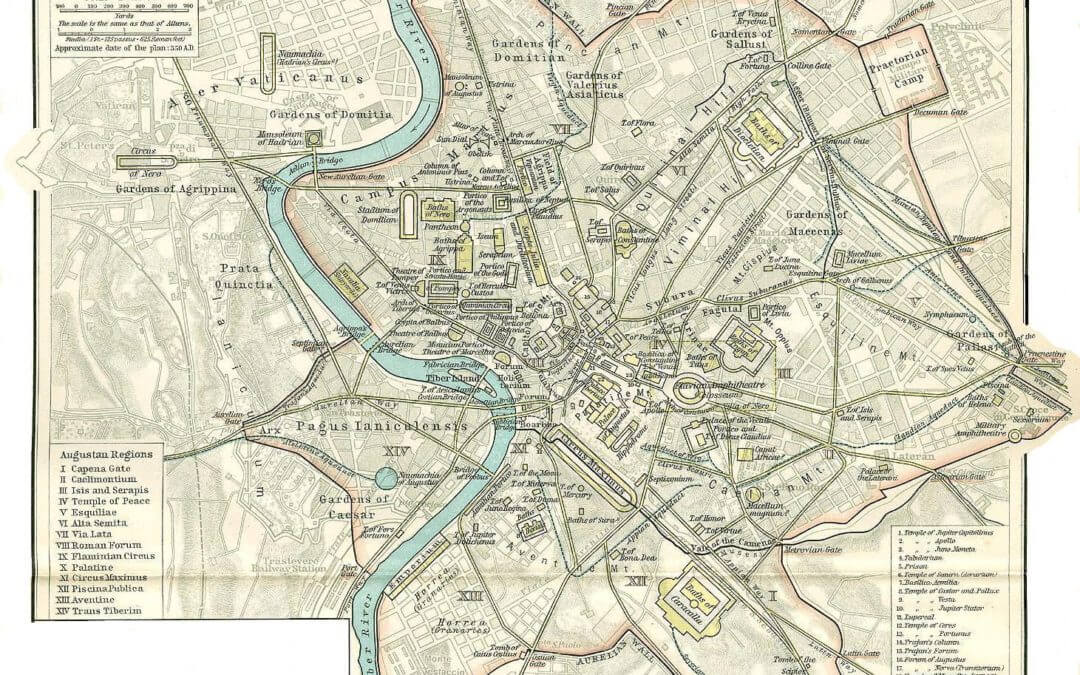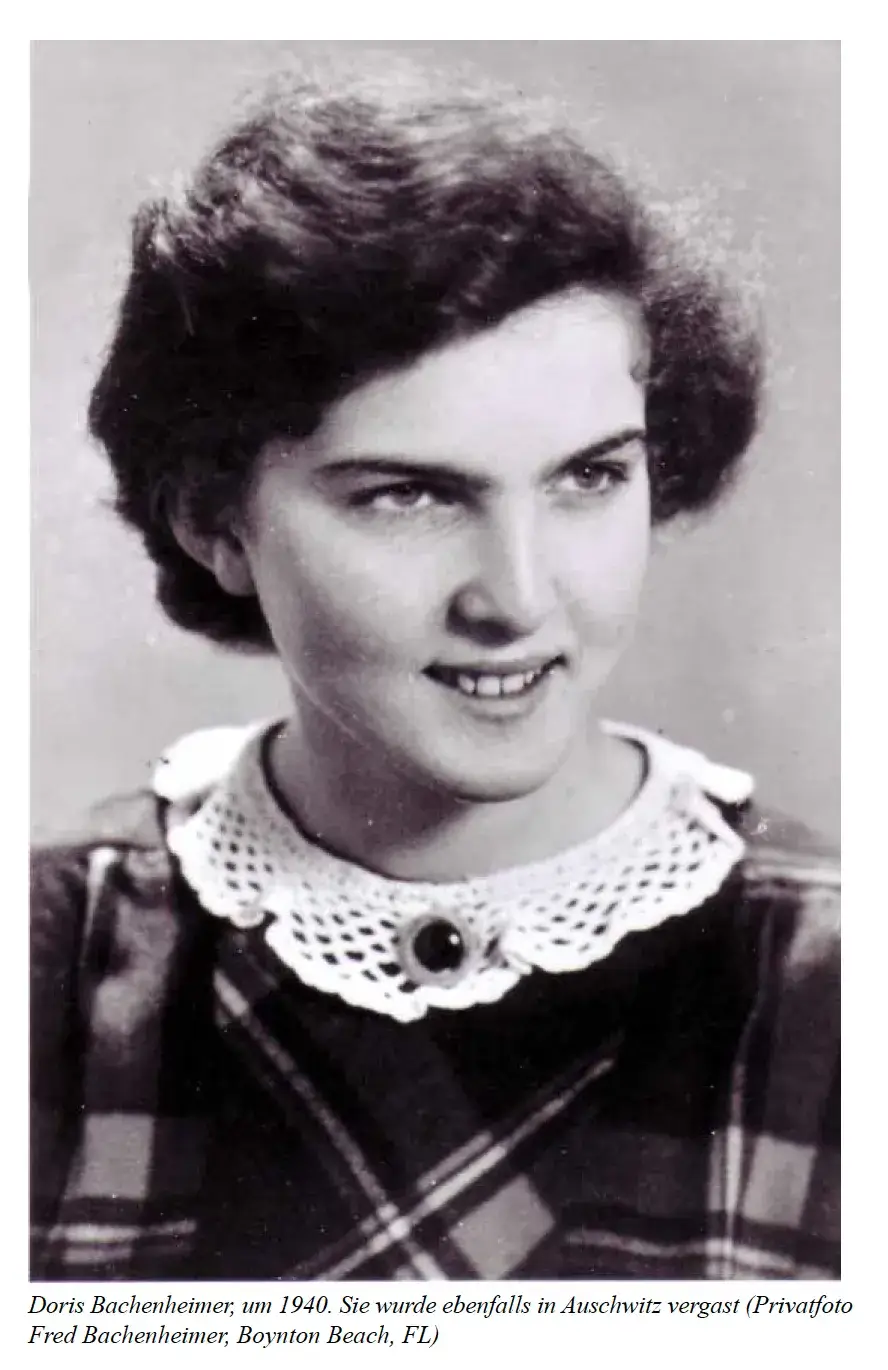
Plaids
This is Dad’s cousin Doris.
She went on the same Kindertransport to Belgium as Dad. They lived together in Mechelen at their Aunt Mathilde’s house.
I came across this photo of Doris in a book about the Jews of Frankenberg, Germany written by Horst Hecker (2011). Doris and Grandma were born in the same house in the village of Röddenau. Mr. Hecker tells the story of everyone who lived in that house from 1813 till the time when the Nazis forced the family out. In 1905, when Grandma was three, there were 15 Jews in town: my great-grandparents and their twelve children.
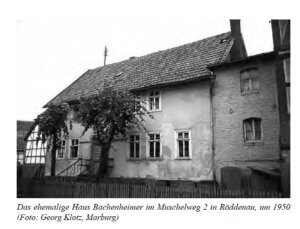
Mr. Hecker had not met Doris, and did not her personality or temperament. I wonder, looking at the posed picture of her at age sixteen, who she was, what she was thinking about the world, and who she wanted to become.
This is me at roughly the same age. The photo was snapped by the Rochester Times Union when it sent a reporter to write a story on my high school’s model UN club.
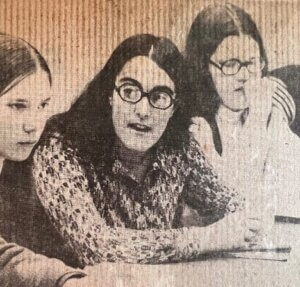
The article kicks off:
“China votes an emphatic No,” growled a delightfully belligerent Jenny Krebs, 15, a sophomore at Spencerport High School. With her veto, she had just demolished a resolution to send a UN observation team to investigate the latest Middle East Crisis….
I spent a lot of time thinking about world affairs that year, the Middle East in specific. In addition to trying to studying Mao Zedong’s policies towards the region (why did I think China would veto such a measure?), I visited Israel. Then two months later, the Yom Kippur war broke out. Then, as now, the world seemed utterly terrifying and contradictory: a beautiful place that delights the senses while people kill each other and destroy the environment.
What did Doris think about the world?
Although Grandma never spoke of anti-Semitism in the village of Röddenau, Horst Hecker describes two anti-Semitic acts in that tiny village. The first was in 1893 before Grandma was born. The second was in 1935, an event that Grandma and Doris would have known about. An event that probably disturbed both of them greatly.
Grandma’s brother / Doris’s father was accused of slapping a schoolboy and forced to parade through the town wearing a sign reading, “I am a Jew.” This must have been a terrible humiliation for the entire family. I wrote about a bit about Grandma’s brother / Doris’s father, Julius Bachenheimer, in The Funeral.
I remember visiting the old house in Röddenau in June 1979. I was with Grandma and Aunt Lucie, who were speaking at length in German with a few former neighbors. If they discussed the 1935 incident, no one translated it for me.
Mr. Hecker writes that after that incident, Grandma’s brother / Doris’s father started applying to emigrate. But by Kristallnacht (November 1938), he’d only been able to send his mother and oldest child to safety.
Who was Doris? Dad said little about her. But looking again at her picture, I notice that she’s wearing a plaid dress. I rummage through my photos and find a picture of me wearing plaid as early as age one. My mom was a fan of the plaid.
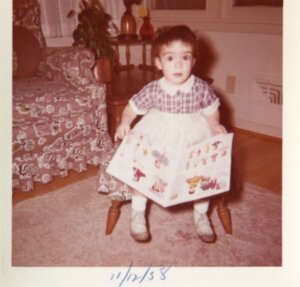
Ten years almost to the day when Mom snapped the above photo of me, she wore plaid to the Western Wall. The trip was an eye opener for me: that I could visit places with names from the Bible, that Jewish history was loooong and modern politics comparatively short, and about the joy of travel abroad. I’m sure I wouldn’t have done Model UN in 1973, had I not been to Israel in 1968.
That message I left in the wall that day for peace in the Middle East, I wish someone would find and answer it!
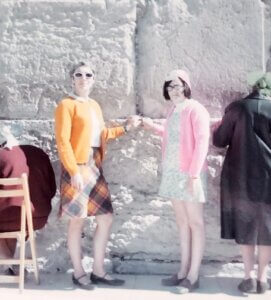
In recent years, when visiting Dad in Rochester, we’ve somehow, without intending to, wound up wearing complementing plaid shirts.
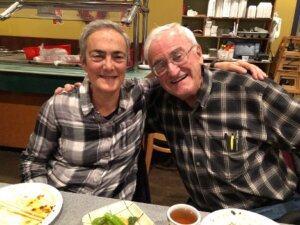
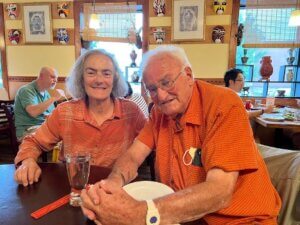
But the plaid is a digression from my larger inquiry: imagining the lives of my relatives who did not successfully emigrate. What happened to them? Did they almost succeed in emigrating? When did they know all was lost? How did they manage? These stories were in the background growing up. I found the lack of detail of about Dad’s cousins, children like me when I heard the stories, unsettling to say the least.
In addition to reading Mr. Hecker’s remarks about Doris, I tracked down Doris’s name in several Holocaust databases. I put together a timetable of what happened to her and her family when. I let Doris tell me her story in the form of a letter. Next post will be that letter. I loved writing it, love the piece, but I decided that the shifting Doris’s voice in the middle of my memoir didn’t fit.



